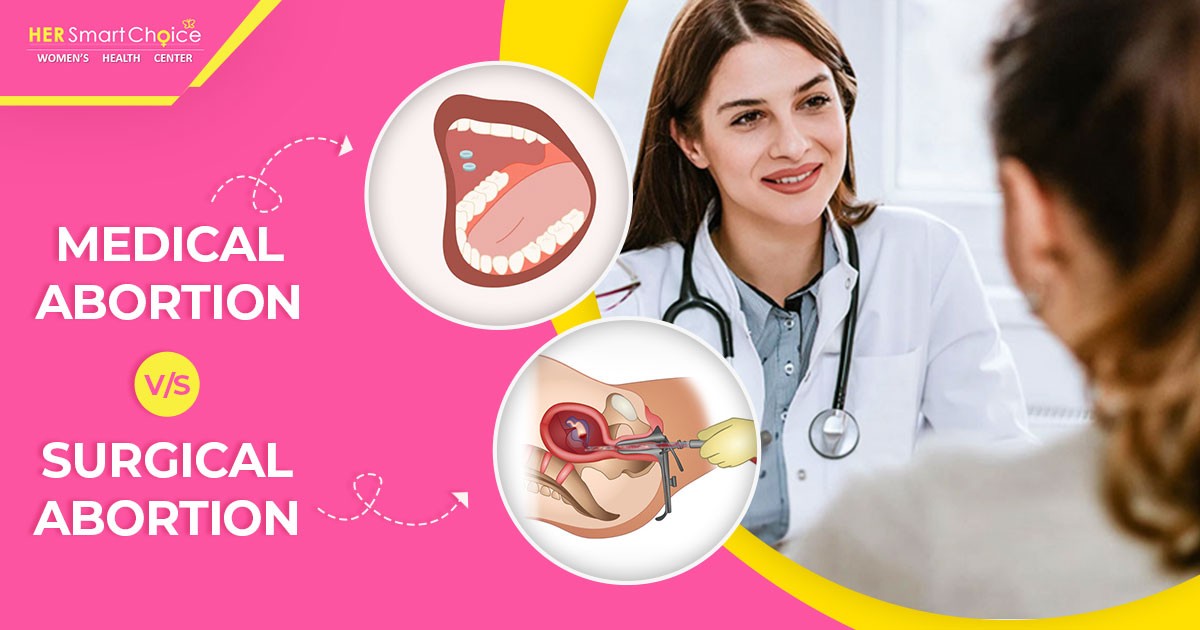When facing an unplanned pregnancy, individuals are often confronted with the decision of which abortion method to pursue. Navigating this choice requires careful consideration of various factors to ensure the most appropriate option is selected. To make an informed decision, it’s essential to navigate to this website understand the differences between the abortion pill and surgical abortion methods, their mechanisms, effectiveness, and safety profiles to get navigate to this website.
I. Introduction to Abortion Methods
Contents
A. Overview of Abortion Pill
The abortion pill, also known as medication abortion or medical abortion, involves the use of medications to terminate a pregnancy in its early stages. This non-invasive method offers individuals the option to undergo abortion in the privacy of their homes, under the guidance of healthcare providers.
B. Overview of Surgical Abortion
1. Types of Surgical Abortion Procedures
Surgical abortion encompasses various procedures, including vacuum aspiration and dilation and curettage (D&C). These methods involve the removal of the contents of the uterus through surgical instruments under anesthesia.
2. Considerations for Choosing between Abortion Methods
When deciding between abortion pill and surgical abortion, individuals should consider factors such as gestational age, medical history, personal preferences, and comfort level with each method.
II. Abortion Pill: How It Works
A. Mechanism of Action
1. Mifepristone
Mifepristone, the primary medication used in medication abortion, works by blocking the hormone progesterone, which is necessary for maintaining pregnancy. This causes the lining of the uterus to break down, leading to the detachment of the embryo.
2. Misoprostol
Misoprostol, taken orally or vaginally after mifepristone, induces contractions of the uterus, expelling the contents of the pregnancy.
B. Effectiveness and Safety
1. Success Rates
Medication abortion is highly effective, with success rates of up to 95% when used as directed within the recommended gestational age limit.
2. Potential Risks and Complications
While generally safe, medication abortion may be associated with potential risks and complications, including heavy bleeding, cramping, incomplete abortion, and allergic reactions.
III. Surgical Abortion: Procedure and Process
A. Types of Surgical Abortion
1. Vacuum Aspiration
Vacuum aspiration, also known as suction abortion, involves the use of suction to remove the contents of the uterus. This procedure is typically performed in the first trimester of pregnancy.
2. Dilation and Curettage (D&C)
Dilation and curettage (D&C) is a surgical procedure that involves dilating the cervix and scraping the uterine lining to remove the contents of the pregnancy. This method is commonly used in the first and second trimesters.
B. Pre-Procedure Preparation
1. Counseling and Consent
Before undergoing surgical abortion, individuals receive counseling and education about the procedure, its risks and benefits, and available alternatives. Informed consent is obtained to ensure individuals understand and consent to the treatment.
2. Anesthesia and Pain Management
Anesthesia, such as local anesthesia, conscious sedation, or general anesthesia, is administered to minimize pain and discomfort during the procedure. Pain management options, including analgesics and sedatives, may be provided as needed.
IV. Factors to Consider When Choosing Between Abortion Methods
A. Gestational Age
The gestational age of the pregnancy is a crucial factor in determining the appropriate abortion method. Medication abortion is typically recommended for pregnancies within the first trimester, while surgical abortion may be preferred for later gestational ages.
B. Medical History and Health Considerations
1. Chronic Conditions
Individuals with certain medical conditions, such as bleeding disorders or cardiovascular disease, may have contraindications to medication abortion and may be better suited for surgical abortion.
2. Allergies and Sensitivities
Allergies or sensitivities to medications used in medication abortion should be considered when choosing between abortion methods.
C. Personal Preferences and Comfort Level
Personal preferences, comfort level with medical procedures, and privacy concerns should be taken into account when deciding between medication abortion and surgical abortion.
V. Conclusion: Making an Informed Decision About Abortion Methods
When faced with the decision of choosing between the abortion pill and surgical abortion, individuals should consider the unique circumstances of their pregnancy, their medical history, and personal preferences. By weighing these factors carefully, individuals can make an informed decision that aligns with their needs and values. Consulting with healthcare providers and receiving comprehensive counseling can further support individuals in navigating this important decision.

